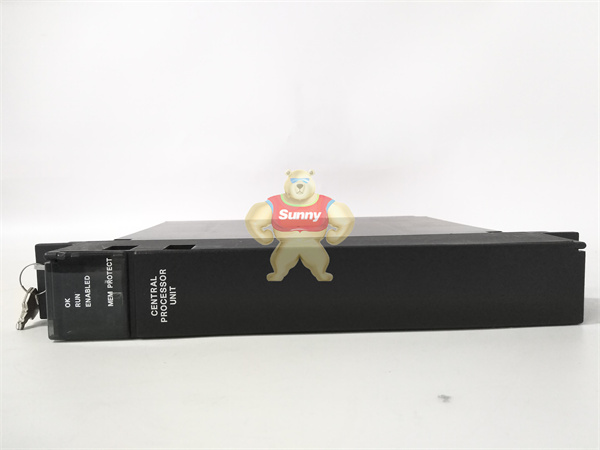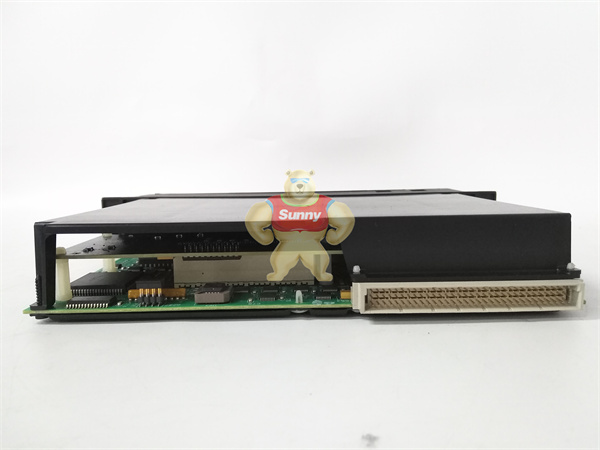Beijing, China, July 5, 2022 – Traditional business models in industries such as oil, gas and chemicals, water and wastewater, and mining are under major disruption due to sharply rising costs for labor, resource extraction, and material processing. At the same time, business owners’ focus on operational efficiency and carbon policies is at its highest level in 20 years.
Today, company management and plant operations leaders have realized the critical role of integrating process automation with core facilities that support plant operations, such as power distribution systems, in ensuring continued business growth. As a result, industrial companies are beginning to reconsider opening up existing “islands” to streamline operations.
Thanks to innovative technology developments and changing trends, enterprises are increasingly willing to build integrated process automation and distribution management solutions. The decline in power consumption in heavy industry has prompted business leaders to recognize that it is time to take advantage of the opportunity to eliminate redundant systems and processes, reduce energy consumption, and share data and tools across engineering and design projects.
Schneider Electric believes that the physical connection between properly designed power distribution systems and process automation systems will help companies increase operational resilience and speed plant recovery after a catastrophic event.
Cost-effective integration of power distribution systems and process automation systems
Achieving efficient use of available power is a long-standing challenge for plant engineers and operators, and current grid designs do not improve the operational efficiency of process automation. In addition, electrical assets (such as low and medium voltage transformers, switchgear, switchboards), physical automation components (such as MCC, drivers, motors, pumps, valves) and control systems (such as SCADA, DCS, PLC) are not uniform design concepts can not be ignored. As a result, operators cannot effectively assess operational risk or judge the impact of upstream power system changes on downstream production.

IC697CPM790

IC697CPM790
Schneider Electric has long been involved in the oil and gas chemical industry, water and wastewater treatment and mining industries, providing strong support for energy management and process automation operations projects. In the course of working with customers, Schneider Electric has been inspired by concept design, use case development and technology development in the field of power and industrial processes. Thanks to this collaboration, Schneider Electric has launched the EcoStruxureTM Process Automation and Distribution Management Service Program, based on a single service contract, to provide insight and support for critical energy systems, automation components and rotating equipment.
Many industrial companies want to connect the power environment with the industrial automation environment to improve operational efficiency, sustainability and resilience. To break down operational silos, Schneider Electric and AVEVA have teamed up to provide “integrated asset Performance Management” digital services, leveraging their deep expertise in energy management, sustainability and automation to provide integrated operations center solutions for power and process automation.
More value from integrated asset performance management services
Integrated asset performance Management services monitor and visualize critical power and process automation assets using digital technologies, remote expert guidance and on-site maintenance services.
Industrial companies that deploy integrated asset performance management services can benefit in several ways:
Increased visibility into maintenance risk – Integrated asset performance Management services bring state-based monitoring services to the enterprise asset operating portfolio. Through active monitoring, Schneider Electric Connected Service Center experts proactively communicate in real time to predict when electrical and process automation components are showing signs of wear that could lead to unplanned downtime. This not only helps improve system availability, but also allows important engineering resources to be focused on improving productivity.
Increased resilience – Access to trend data from power and process automation systems, coupled with expert analytics from connected service centers, helps drive future planning and speed disaster recovery. These tools enable businesses to address potential issues before operations are disrupted and quickly recover from outage events. In addition, remote asset management can eliminate the risk of slowing production if employees are unable to travel to the site for work.
 1 Year Warranty
1 Year Warranty





